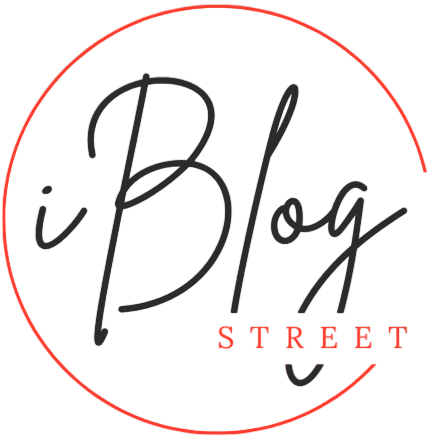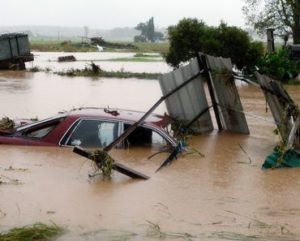Your email newsletter design has a direct effect on the results that newsletter delivers. If you want people to open your email newsletter, read it, and click on the links, you need to have great content and great design.
Fortunately, you don’t have to be a graphic designer to create a great newsletter thanks to the many free templates available online and through email marketing services like MailChimp and Constant Contact. However, there are email newsletter design rules that you need to know and follow.
Following are ten rules that can destroy your email results if you break them.
1. Font Type and Size
Use common web-friendly fonts such as Arial, Verdana, Georgia, or Times New Roman that anyone can view, so you can be certain they’ll render correctly for all recipients. Also, keep body font size as large as possible to improve readability on all screens. For example, body copy can be 12 pixels, but if you can use 14 pixels, the readability of your newsletter improves and the number of people who will actually read the content will increase. Similarly, headings designed using a 16 pixel font are fine, but using a 20 pixel or 22 pixel font is even better.
2. Dimensions
The width of your email newsletter is critical to ensure it looks right when your recipients open it. The most commonly used email newsletter widths are between 500 and 650 pixels, so you do have some flexibility. However, the recommended width is 600 pixels.
3. Branding
Your brand identity should be consistent and clear in your email design. That means your logo should be in the header and your brand name should be in a copyright notice in the footer. Furthermore, the colors used in your email newsletter should be consistent with your logo. Stick with two to four colors for your newsletter, which should include the colors used in your logo.
4. Link to an Online Version
There are many devices and email programs that recipients will use to view your email newsletter. With that in mind, it’s always important to provide a link to an online version, so people can view it in their web browsers if they’d prefer. Provide this link in your email newsletter header where it’s easy for recipients to find.
5. Reminder Telling Recipients Why They’re Getting the Newsletter
Many recipients will forget that they signed up to receive your email, and many won’t know that if they’re your customer, you can legally send email newsletters to them. By including a reminder that explains why recipients are getting your newsletter, they’ll understand that you’re not sending them spam. They’ll also understand that you’re not violating laws related to email marketing, which prohibit organizations from sending email to people who have not opted-in to receive messages from the organization or do not have existing relationships with the organization.
6. Unsubscribe Link
In addition to reminding people why you’re sending an email newsletter to them (see #5 above), you also need to give them a way to opt-out of receiving future email messages from you in order to be in compliance with laws related to email marketing, such as the CAN-SPAM Act. Therefore, you should include a link that recipients can click in order to unsubscribe. This is most often included in the email newsletter footer.
7. Contact Information
You need to make sure that recipients understand who is sending the email newsletter to them, and you must give them a way to contact you by providing your contact information in your newsletter. Most often, this information is included in an email newsletter footer with the copyright notice and unsubscribe link.
8. Images with Alt-Tags and Defined Fill Space
Many email programs load email newsletters without images displayed and give recipients an option to display the images by clicking a link. For example, Gmail users and Apple Mail users have the option to display images or not. Therefore, your email newsletter design needs to look great with or without images displayed. Make sure every image includes a relevant Alt-Tag that explains what it is. Also, predefine a fill color as a placeholder for images, so the formatting of your newsletter stays intact when images are not displayed.
9. Provide an HTML and Plain Text Version
Believe it or not, some people still don’t use HTML viewers to read their email messages. To ensure everyone can see your newsletter, don’t forget to provide a plain text version.
10. Mobile-Ready
The number of people who are likely to view your email newsletter using a mobile device grows every day. That means you need to make sure the mobile audience can view and read your newsletter. Keep the width of your mobile newsletter to under 550 pixels (a width between 320 and 550 pixels is acceptable). A single column layout with a 320 pixel width is preferred. Don’t forget to preview your mobile email newsletter to make sure links are visible and there is enough space between lines of text, as well as between text and images, so it’s easy to finger-tap links.




